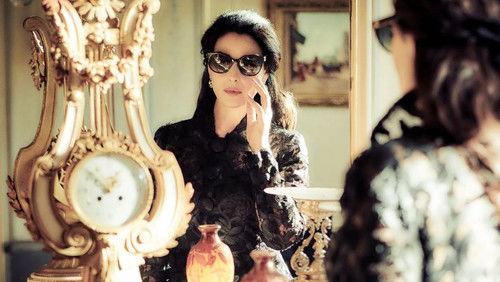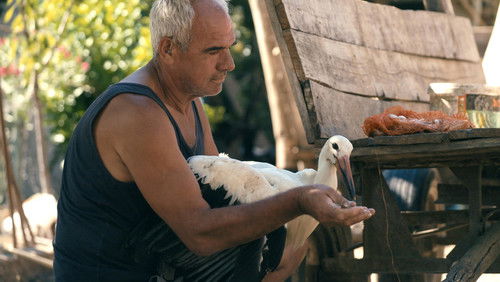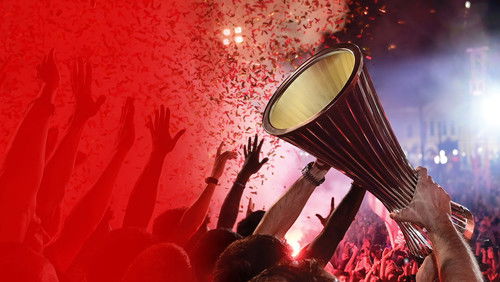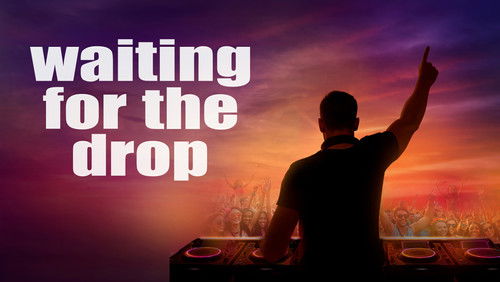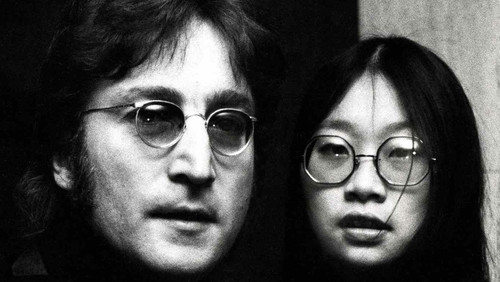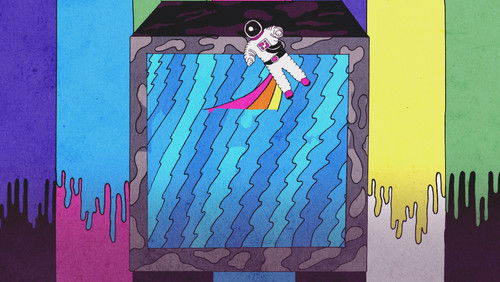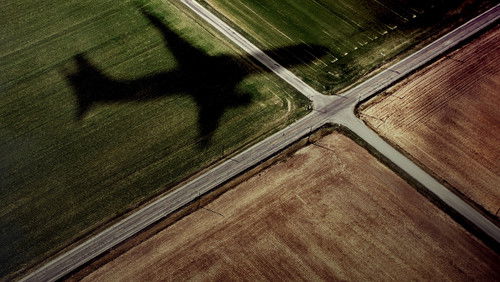La Danse – Das Ballett der Pariser Oper (2009)
66KLa Danse – Das Ballett der Pariser Oper: Directed by Frederick Wiseman. The film follows the production of seven ballets by the Paris Opera Ballet.
“The documentary director Frederick Wiseman, has been much acclaimed for his bare and non-narrative style. He just places a camera somewhere and register what happens. No information about the action or the people involved is given. But Wiseman did choose the locations. He did choose what to register. And for how long each set and set of actions are supposed to roll. (And that is long, very long). The result is a deceptively documentary narrative about the Paris Opera. But the story told is of course Wisemanu0026#39;s interpretation of the Paris Opera.u003cbr/u003eu003cbr/u003eWe all know that documentaries are the result of a personal vision, there is no such thing as objectivity. But we have to remind ourselves of this watching La Danse, as it is seemingly devoid of valuation.u003cbr/u003eu003cbr/u003eHere are some examples of what Wiseman chooses to show and emphasize (randomly presented à la Wiseman): Dancers do not talk with each other. Dancers are silent, anonymous people. The artistic director never looses her temper. Almost no one in this movie loses his or her temper. The only black people at the Paris Opera are cleaners or cashiers. The food in the Operau0026#39;s canteen is pale and colorless, like hospital food. The bread in the canteen is guillotined. The modern ballets of the Paris Opera are full of violence, anger and frustration. The longest ballet scene in the movie is a literal blood bath from Medea. Even the scenes from the Nut Cracker look drab and dull. The whole film is dark and gloomy, probably because of the lighting. The dimly lit corridors of the Opera house are narrow and empty of people. The film starts and ends in the claustrophobic catacombs under the Opera House. OK, just a few examples but they say something of Wisemans perspective.u003cbr/u003eu003cbr/u003eThis film has nevertheless its fascinating moments, especially the meetings in the artistic directors office. But never have dance and ballet had this joy-less outlook in a movie before. And never before have the images of the roof tops of Paris (frequently interspersed throughout the movie) appeared so refreshing after the sombre rehearsal studios of the Paris Opera.”
